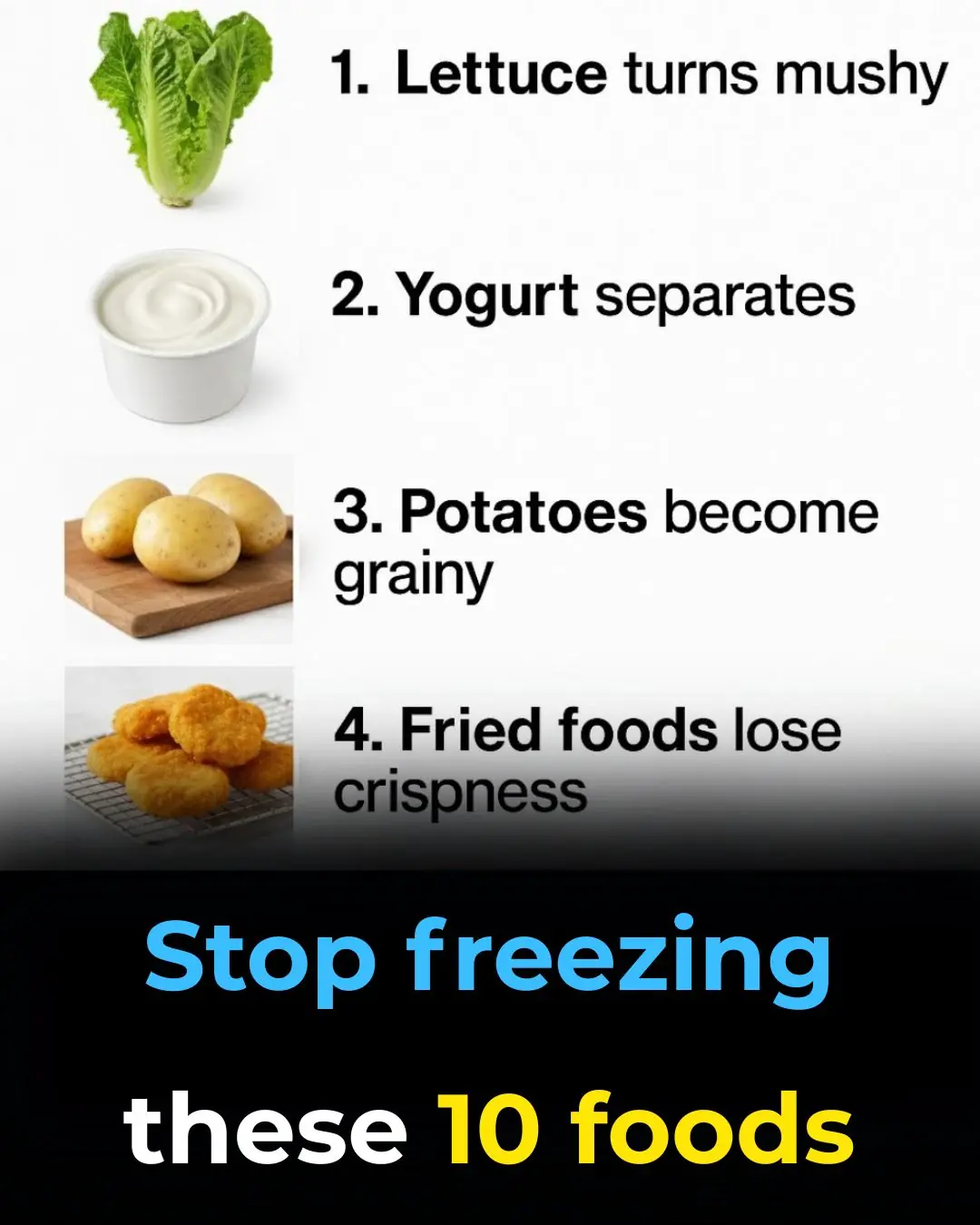
Tips for soaking honey lemons without fermenting, the longer you leave them, the more delicious and nutritious they become.
How to Make Preserved Honey Lemon (Vietnamese “Chanh Đào Mật Ong”)

Choosing the Right Lemons
To make the perfect honey-preserved lemons, it’s essential to pick lemons that are in their peak harvest season, typically from September to November. During this time, the lemons are juicy and plump, with thin skin and a beautiful pinkish-yellow flesh that gives off a naturally refreshing aroma.
Avoid using overripe or thick-skinned lemons, as they may not absorb honey well and could turn bitter during fermentation. The ideal fruit should feel firm yet slightly soft when gently pressed.
Before preparation, wash the lemons thoroughly under clean running water to remove any dust or surface residue. Then, soak them in a saltwater solution for about 30 minutes to disinfect and reduce bitterness. After soaking, rinse the lemons again with fresh water and let them dry completely.
This step is crucial—any remaining moisture can lead to mold or spoilage later on.
The Perfect Ratio of Ingredients
To achieve the right balance of sweetness, tartness, and aroma, follow the ratio of 1 : 1 : 1 for lemons, rock sugar, and pure honey.
For example, if you use 1 kilogram of lemons, you will need 1 kilogram of rock sugar and 1 liter of natural honey. Adding a small pinch of sea salt can also enhance the flavor and help preserve the mixture longer.
When choosing honey, go for high-quality, raw honey—preferably from wildflower or longan sources—for a more fragrant and rich taste.
Use a sterilized glass jar for storing the mixture. Before use, rinse the jar with boiling water and let it air dry completely to ensure proper sterilization. Avoid using plastic or metal containers, as they may react with the honey over time.
How to Prepare Honey-Preserved Lemons
Slice the lemons thinly, about 0.3–0.5 cm thick. Remove the seeds carefully to prevent bitterness during fermentation.
Start by placing a layer of rock sugar at the bottom of the jar, followed by a layer of lemon slices. Continue alternating layers of sugar and lemon until all ingredients are used up. Finally, pour honey into the jar slowly until it completely covers all the lemon slices.
To prevent fermentation, ensure that all lemon slices are fully submerged in honey. You can use a small, clean plate or food-safe weight to press the lemons down. Lemons exposed to air can cause mold to form on the surface.
Once done, seal the jar tightly and store it in a cool, dry place, away from direct sunlight.
Fermentation and Storage
The ideal fermentation time is about three months. However, you can start using the mixture after one month if necessary. Over time, the honey will become thinner and take on a pleasant citrus aroma, while the lemon slices soften and release their natural oils.
Every few weeks, it’s a good idea to open the jar and check for any unusual signs such as bubbling, sour odor, or mold formation. These can indicate that moisture got into the jar or that the ratio of ingredients was imbalanced.
When scooping honey and lemon from the jar, always use a clean, dry spoon. Avoid introducing water or other food residues into the jar, as this can trigger unwanted fermentation.
How to Use
Honey-preserved lemons can be used in many ways. Dissolve a few slices in warm (not hot) water to soothe sore throats or relieve coughs. You can also mix the syrup with tea, drizzle it over yogurt, or even use it as a natural sweetener in baking.
Not only is this mixture delicious, but it also offers numerous health benefits—it’s rich in vitamin C, antioxidants, and antibacterial properties that help strengthen your immune system, especially during cold seasons.
With proper care and storage, a jar of Vietnamese-style honey-preserved lemons can last for up to a year, becoming even more flavorful over time.
News in the same category


10 top types of house spiders & how to get rid of each one

These ideas are brilliant
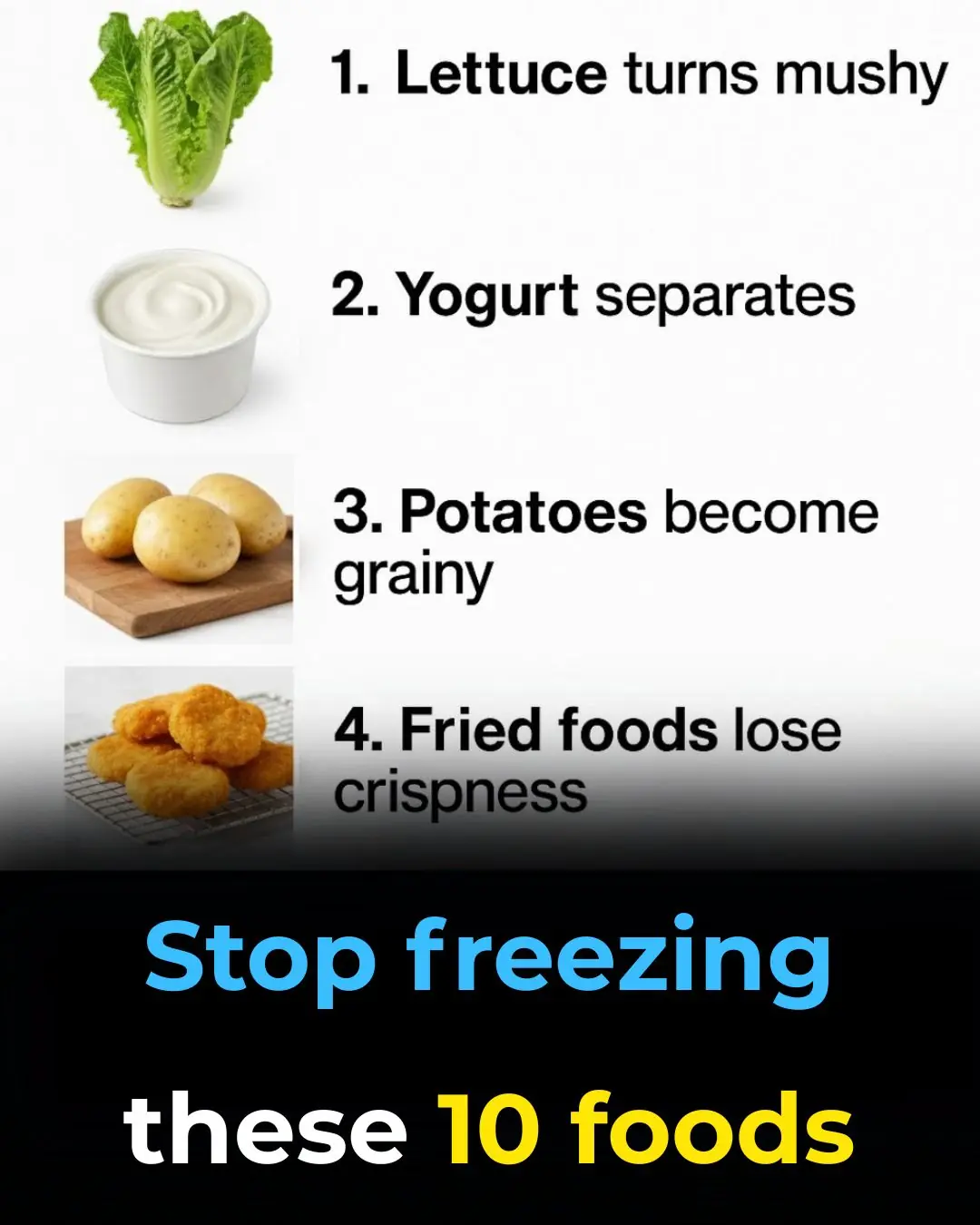
10 top types of house spiders & how to get rid of each one
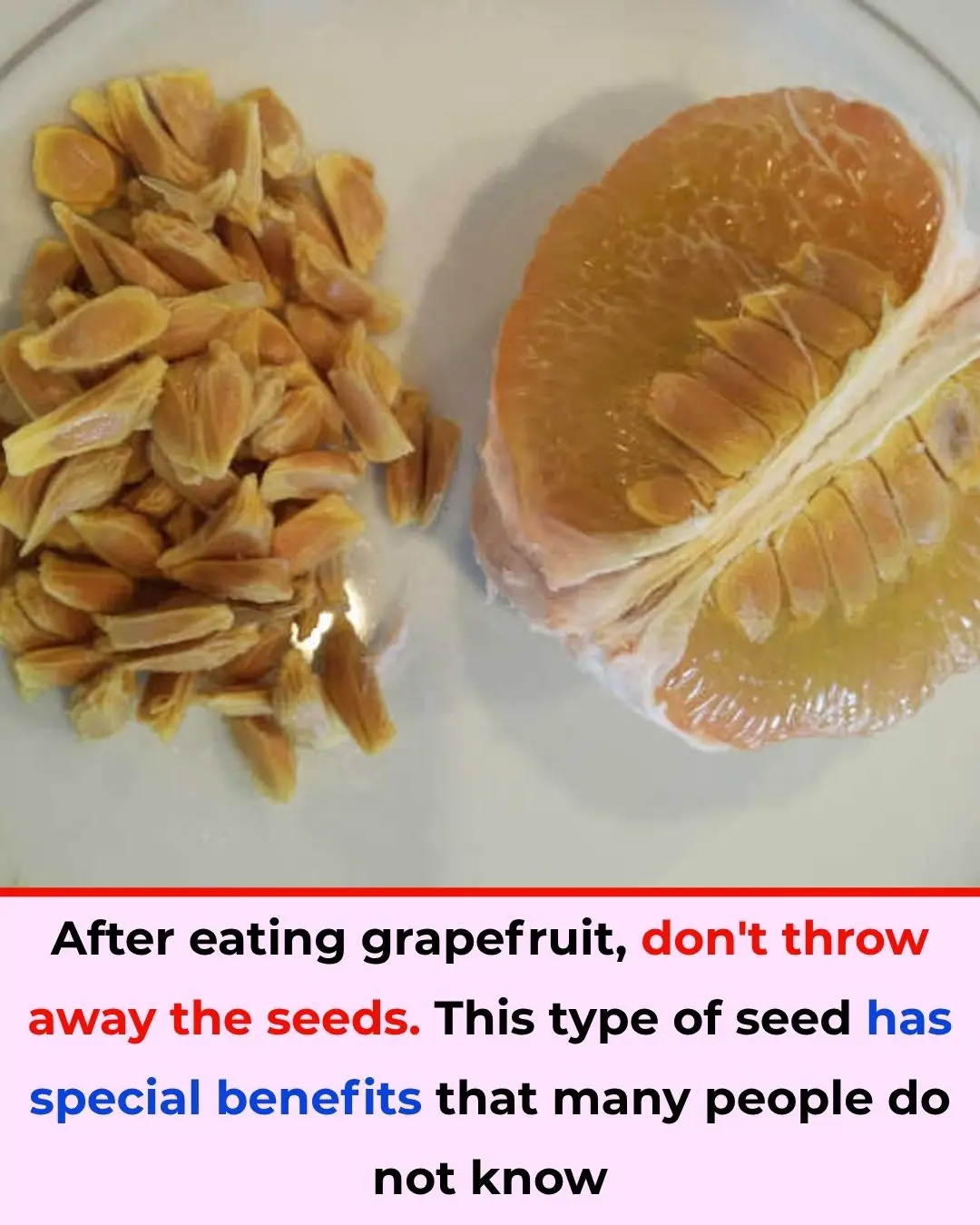
Don’t Throw Away Grapefruit Seeds – These Tiny Seeds Have Surprising Benefits

Sprinkle Salt Around Your Home on Rainy Days – It Sounds Strange, but the Results Are Amazing

Remove Bad Odors from Your Refrigerator Overnight with These Simple Tricks

I had no idea this was a thing
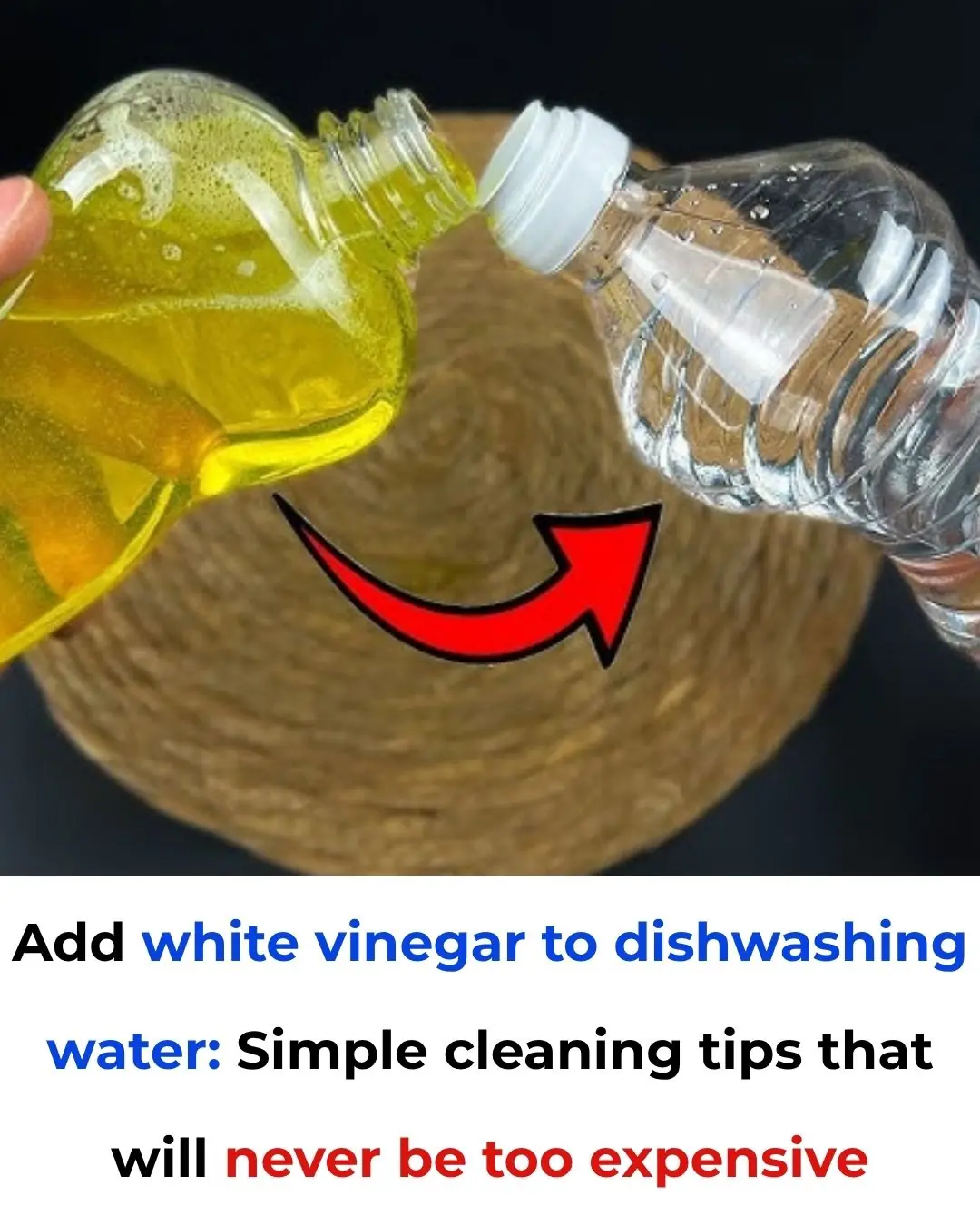
Add white vinegar to dishwashing water: Simple cleaning tips that will never be too expensive

Lady places cup of vinegar into microwave. Here’s the genius reason why

Works like a charm

My nana taught me this hack to make dusty blinds sparkle in 2 mins with 0 work. Here’s how it works
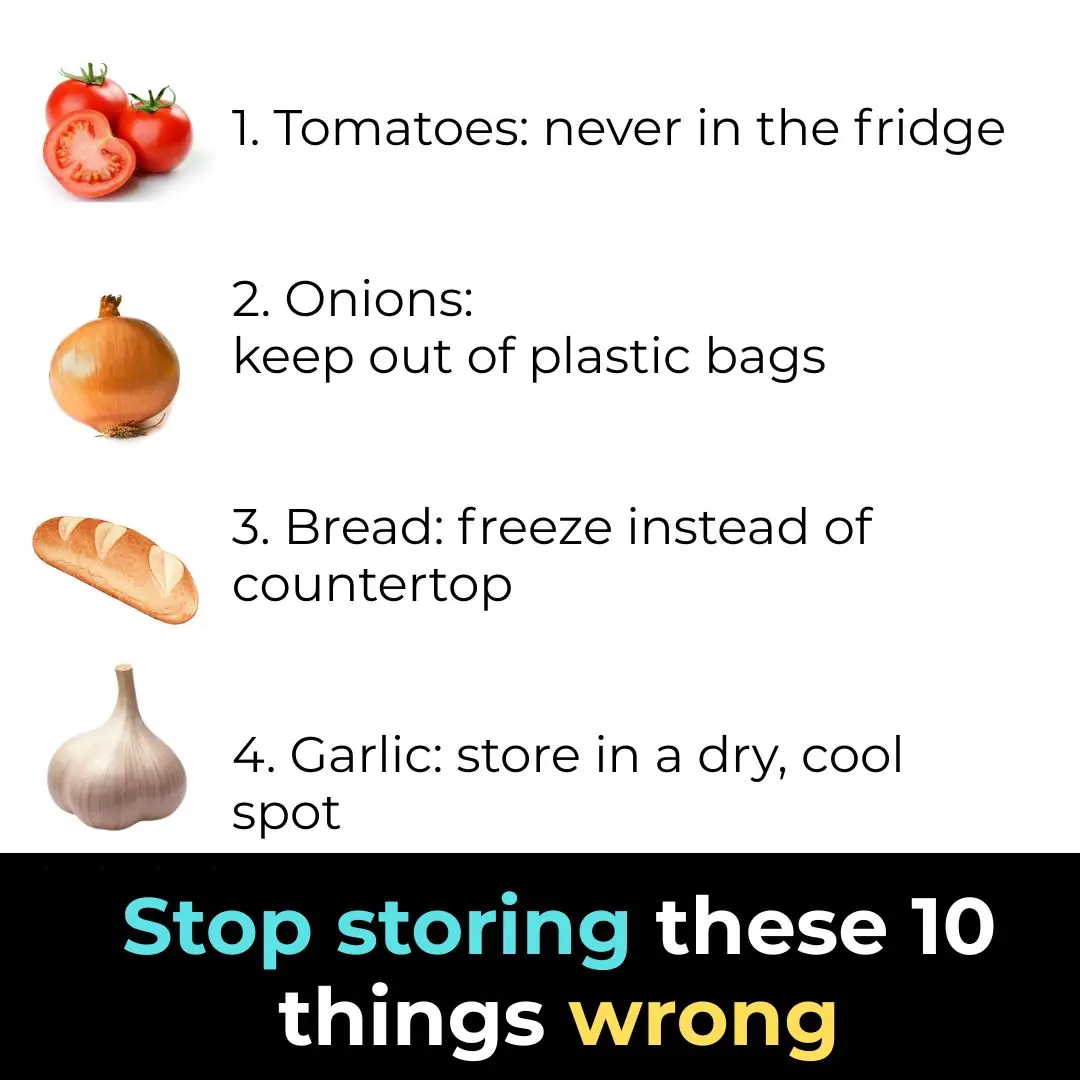
Stop storing these 10 things wrong

Hot Water Heaters Accumulate Limescale Over Time: Here’s How to Clean It Yourself Without Calling a Technician

Found this on my son’s scalp. Have no idea what it is and we can’t get a doc appt soon. Tips?
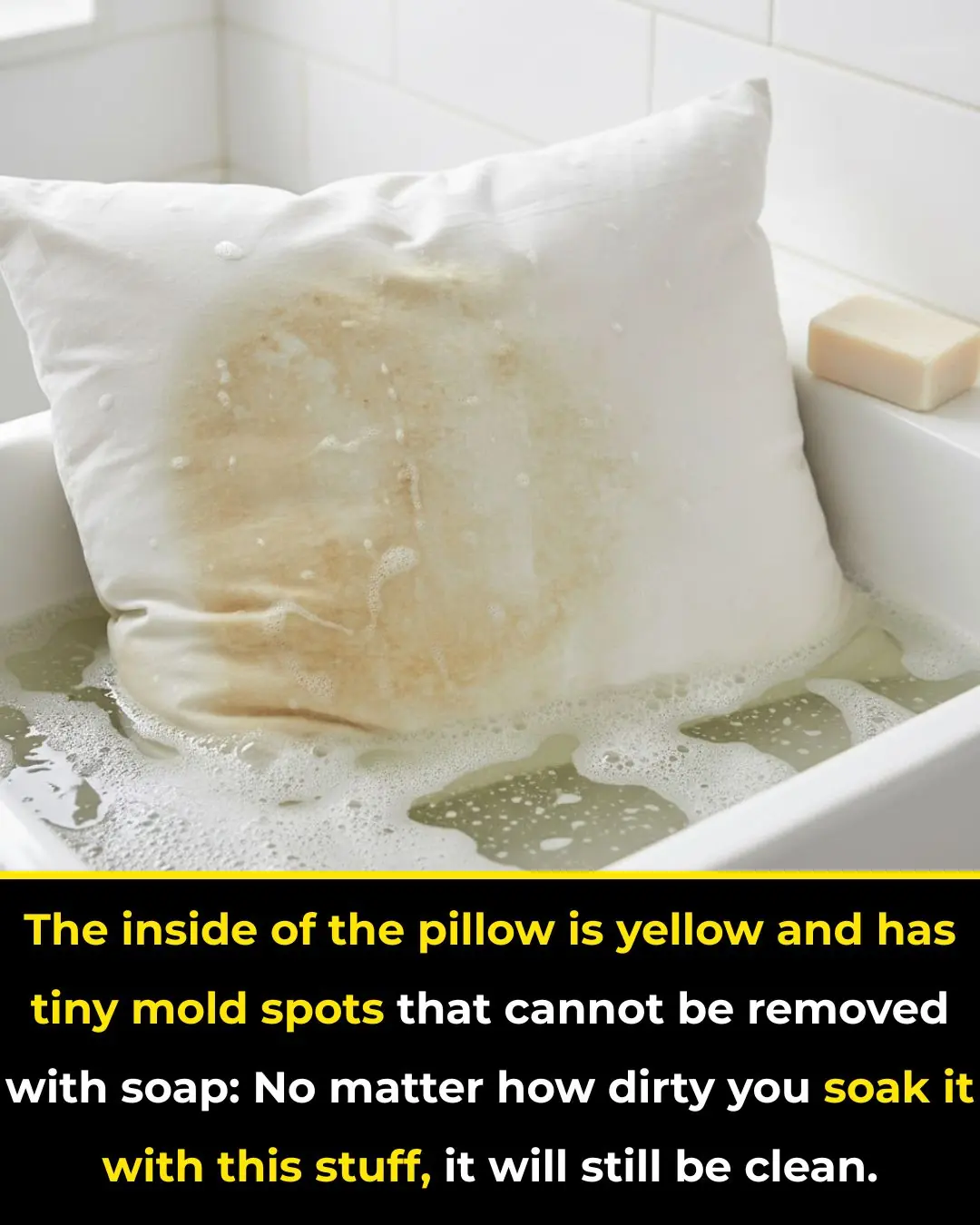
How to Clean Yellowed, Moldy Pillow Inserts That Soap Can’t Fix: Soak Them in This and They’ll Be Spotless
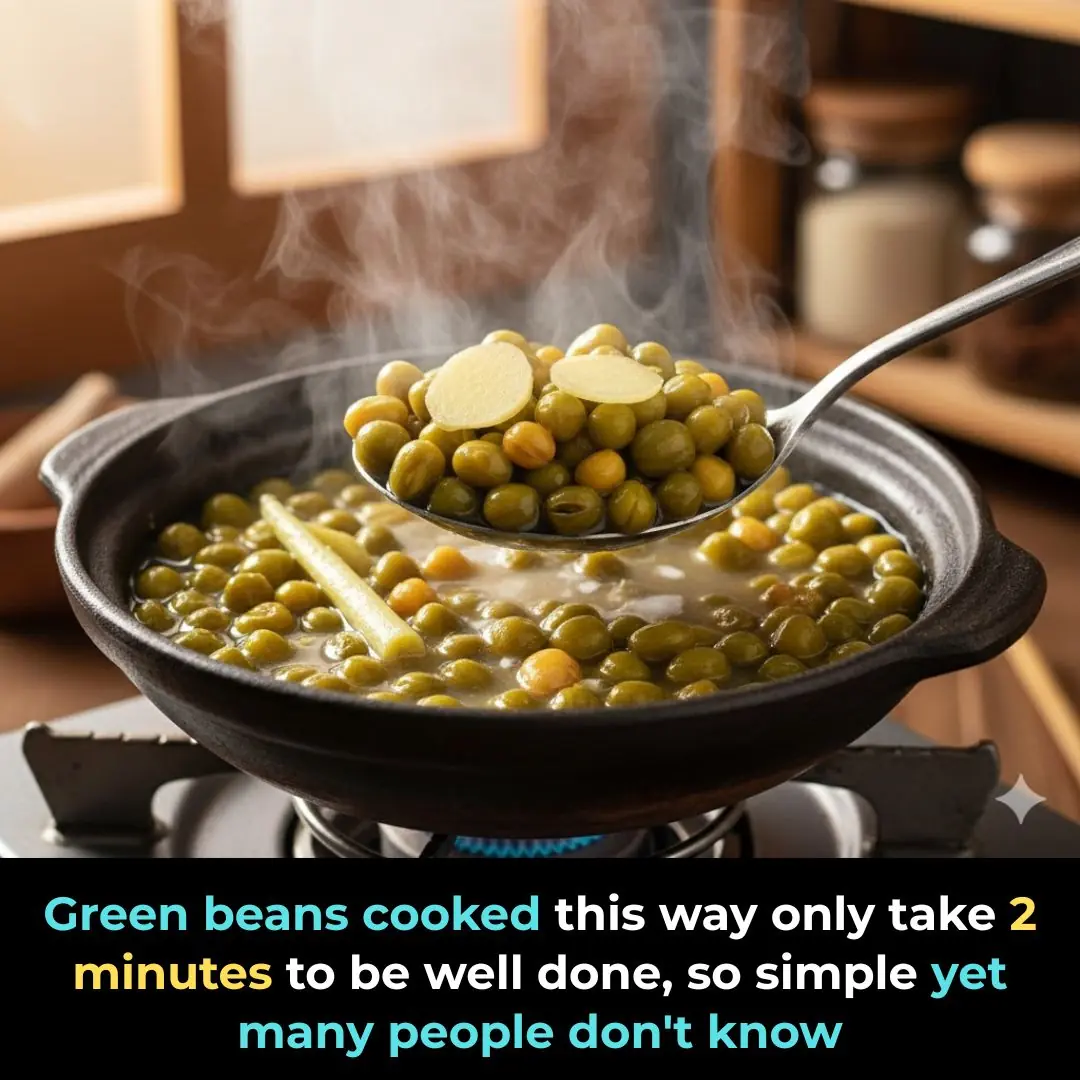
Green beans cooked this way only take 2 minutes to be well done, so simple yet many people don't know

Your oven hood filter is a greasy mess. Effortlessly get it clean like new again

The secret to longevity after 50: 'Golden' foods for good health
News Post

DIY Under-Eye Clove Cream for Dark Circles

Person 'sucked into plane engine' before takeoff dies in airport tragedy

The Powerful Juice That Fights Anemia, Fatty Liver, and Blurry Vision Naturally

Stop freezing these 10 foods

10 top types of house spiders & how to get rid of each one

These ideas are brilliant

10 top types of house spiders & how to get rid of each one

10 Plants You Should Never Grow Near Lavender
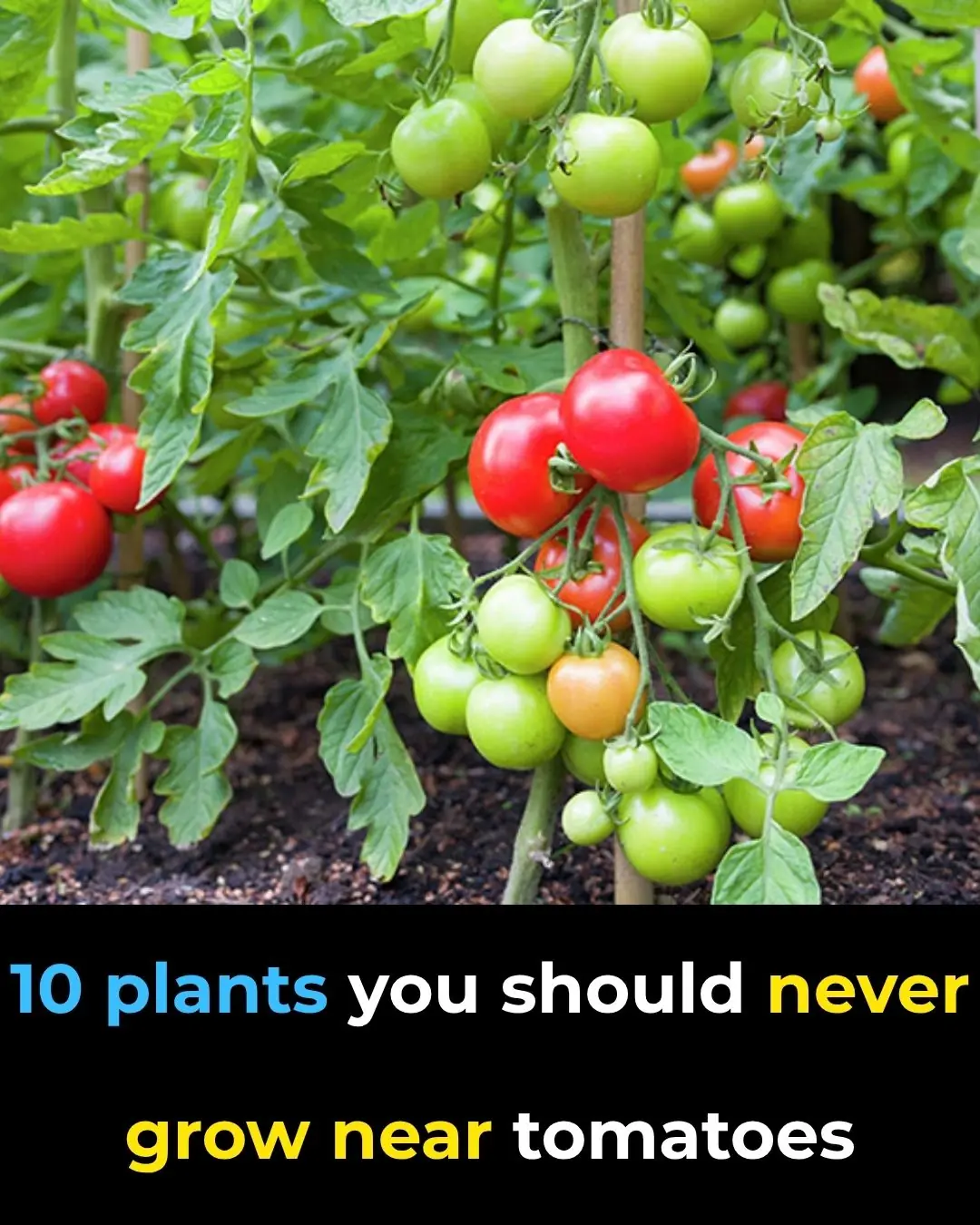
Plants You Should Never Grow Near Tomatoes

If You Spot This Snake in Your Garden, Leave It Be — Here’s Why It’s Actually Your Garden’s Secret Best Friend

Don’t Throw Away Grapefruit Seeds – These Tiny Seeds Have Surprising Benefits

Sprinkle Salt Around Your Home on Rainy Days – It Sounds Strange, but the Results Are Amazing

Remove Bad Odors from Your Refrigerator Overnight with These Simple Tricks

Researchers Accidentally Capture Drone Footage of the Year: A Wild Bond Between Predator and Prey

Top 10 Herbal Teas That Actually Kill Cancer — Why Is This Being Hidden? | Healthy Care

DON'T IGNORE! Top 8 Warning Signs Of Blood Clots

Castor Oil After 50: This Is What Happens After 7 Days Of Use!

He Couldn’t Pull Her Out — So He Held Her Hand.

Mix One Ingredient With Orange Juice To Flush Toxic Buildup From The Lungs
